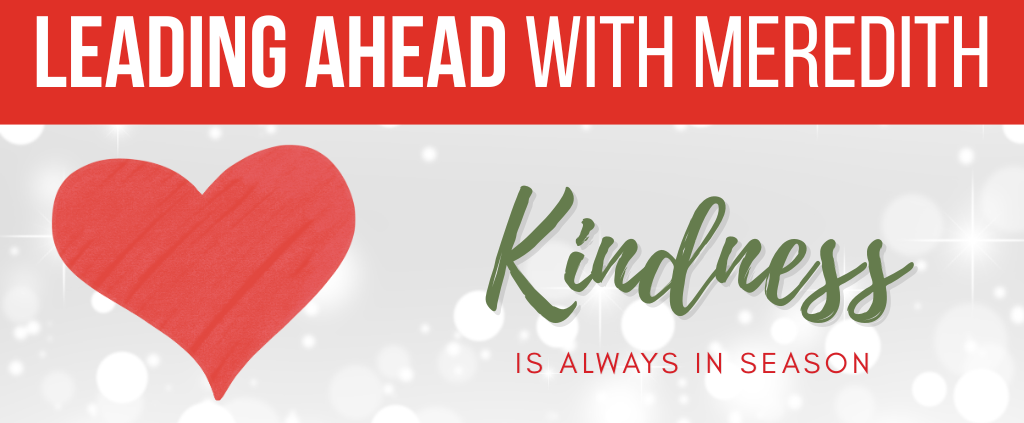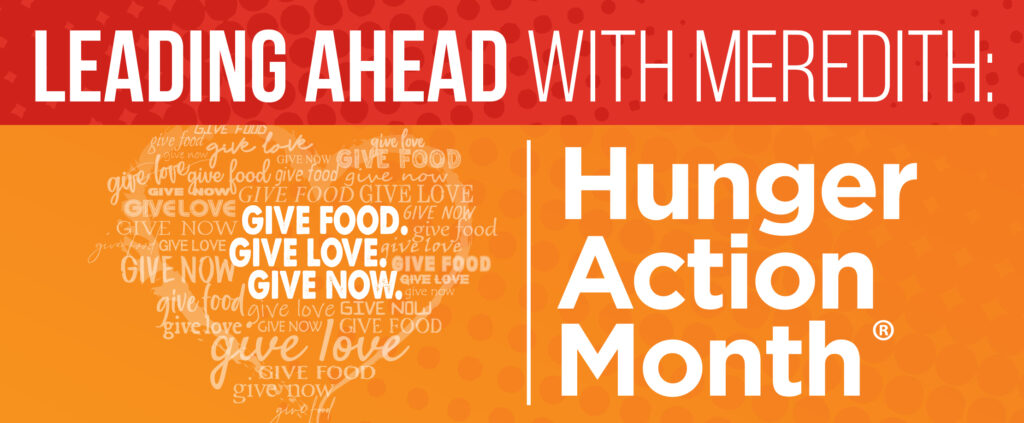Last week, Kansas Senator Pat Roberts introduced legislation to cut $36 billion from the Supplemental Nutrition Assistance Program (SNAP) over 10 years. These cuts could reduce benefits for the millions of American who rely on the food stamp program to feed their families.
Nationally, the average SNAP benefit per person is less than $1.50 per person, per meal. For the last several years, community leaders and organizations have taken a “SNAP Challenge,” to better understand the realities of living on a food stamp budget.
In November, the Washington University Social Justice Center led a campus-wide hunger awareness week that included such a “SNAP” Challenge. The organizer of the event, Joshua Aiken, shares his thoughts on what it was like to live on a food stamp budget and learn about hunger.

After a visit to my brother’s classroom at Roosevelt High School — one of many struggling schools in a now unaccredited school district — I came away with an unanticipated fixation in my thoughts.
Certainly the peeling paint, lack of textbooks, and poor teacher-student ratio occurred to me as reasons the school might have such poor academic outcomes.
But as I left the school, I was stunned by a few words I heard amidst clinking lockers, from one young girl: “I’m so hungry, I can’t think!” The vast majority of students at Roosevelt benefit from federal food assistance programs like SNAP and WIC. After hearing this comment, my interest in understanding these federal programs was peaked.
As the advocacy chair of the Washington University Social Justice Center this year, I had the opportunity to develop and implement an advocacy campaign for a social justice issue. It was my duty to raise awareness and educate students, staff and faculty about the implications of poverty and hunger in the United States.
The Leadership Council expressed excitement when I first suggested the idea of holding a hunger awareness week. Hunger, from a social justice lens, interacts intricately along socioeconomic, racial and gender lines.
As an organization that focuses on raising awareness about the complexity of such paradigms, understanding how food, nutrition and hunger interact with justice is almost perfectly aligned with our mission.
Yet, we did have one concern. “Hunger” is not necessarily an issue our campus chooses to discuss. Outside of organizations like Campus Kitchen, the vast majority of students do not deal with hunger on a daily basis.
At a school heralded for its’ lavish dining services and quality of food, we forget that just a few blocks away from our campus, food is not as accessible as a two-minute walk from your dorm.
We determined that encouraging the campus to take a SNAP challenge would be an incredible way to provide an activism element to our campaign. As the important FARM bill was looming, we knew that the vulnerability of these assistance programs was real.
Initially, we planned to ask students and staff for just a week to eat on $4.24 — the average amount of SNAP aid received weekly by individuals in the state of Missouri. However, as we discussed the proposal with campus partners and other entities, we realized the vast majority of campus partners would not get involved.
 Time and time again, when I told my friends or professors about the idea, they said they liked it — but couldn’t risk having hunger detract from their studies. People were not willing to put themselves in another person’s shoes for too long.
Time and time again, when I told my friends or professors about the idea, they said they liked it — but couldn’t risk having hunger detract from their studies. People were not willing to put themselves in another person’s shoes for too long.
The problem with this mindset is that for most people receiving SNAP or WIC support, choosing not to be hungry is not an option. For most, it is not a simple choice of how long one wants to eat on a certain budget, or how careful one wants to be in purchasing groceries, or how thoughtful one has to be in determining portions. The fact that most of us do have the luxury of choosing was my main take away from planning this event.
So then, how could we address hunger in a way that engaged people in conversations around the stigma that surrounds food stamp programs? What could be done to involve the other social justice implications?
Most of us were aware that the St. Louis community is one where hunger is prevalent. Relaying this information to the rest of the Washington University community became our charge.
The leadership council and several other campus partners decided to give students an option to either take the challenge for a full week or just for a day. Eventually, more than 100 campus partners volunteered to take the challenge in some shape or form.
We asked participants to take pictures, tweet, blog, post on Facebook and make as many people as possible aware of the challenge. We received signatures from all participants to attach to a letter we sent to federal and state legislative officials, making our privileged voices heard.
This experience engaged many members of the University community in conversations concerning hunger, poverty, inequality and the role we all play
Furthermore, it has helped me and my Social Justice Center peers ask more questions about what we can do to change the realities of hunger in America.
This spring, we will be hosting a hunger banquet on campus, bringing needed attention to the domestic and international disparities around poverty.
Joshua Aiken Advocacy Chair, Social Justice Center Washington University ’14

Washington University ’14

